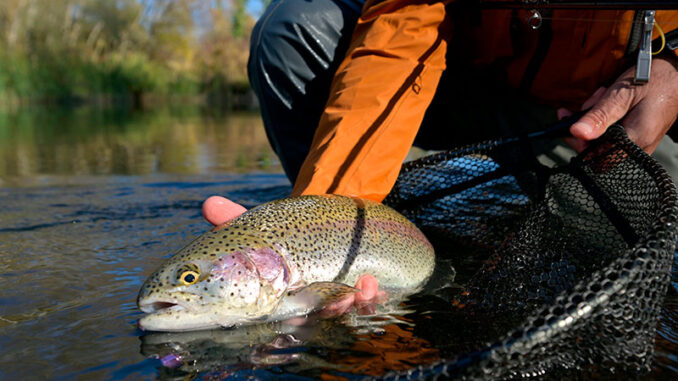
Tandem rigs are multiple flies that are attached with short sections of tippet. They offer anglers an excellent way to attract and catch trout.
Tandem rigs can excite the predatory instinct of fish when and where other techniques fail. Admittedly, they are a little more difficult to cast without a resulting tangle, but at times, this method is the best recipe for success.
Tandem rigs may be separated into several categories:
Droppers
Usually larger dry flies are used as the leading fly attached to the main leader. The dropper may be a small nymph attached to the larger dry fly by a short section of tippet. One familiar set-up is the “Hopper-Dropper” combination.
Two dry flies
This is a method that works well and allows the fly fisherman to present two different patterns or different sizes of the same pattern. In some cases, where the trout are only responding to tiny flies, a larger fly may act as an indicator, as it is much easier to see on the water. This is especially true for elderly or vision impaired fly fishermen.
Two nymphs
Two nymphs of similar sizes may be used. This technique may use one un-weighted nymph and one weighted, or two unweighted with a small split shot clipped to the leader a few inches above the leading fly.
Two streamers
Two streamers make an interesting combo and offer a target for larger fish. Due to this fact, a heavier tippet may be required.
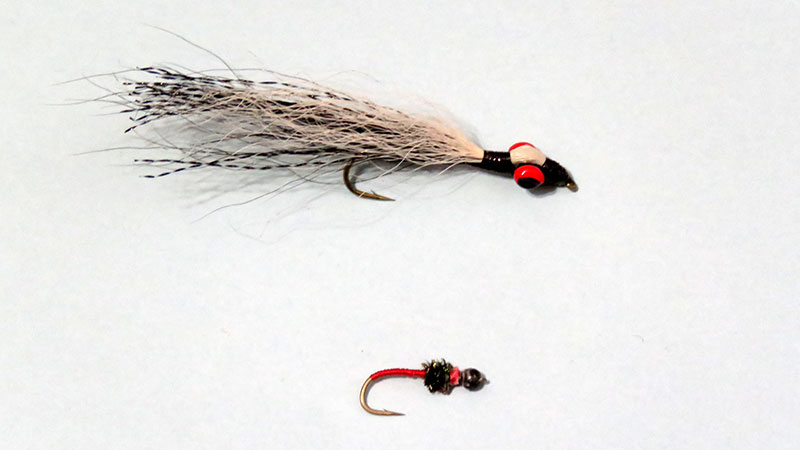
Streamer/nymph
A streamer and nymph combination might be the ticket for reluctant fish. It may be tied with the streamer attached to the main leader and a short section of tippet used to attach the nymph. It could also be tied in the reverse order to mimic a small fish following the nymph.
Set-up Method
There is more than one way to rig tandem set-ups, but I have found that the easiest is to tie the primary fly onto the leader with an improved clinch knot. The trailing fly should be attached to a short section of tippet with the same type knot. The other end of the tippet should be attached to the bend of the hook with an improved clinch knot. This provides the best, tangle-free system to use in setting up the rig.
The distance of the primary fly to the trailing fly should be based upon the depth of the water. If the water is deep, the length of the tippet could be 18 inches to 24 inches. If the water being fished is shallower, perhaps 12 inches would be a better choice.
Casting
Casting tandem rigs may require an adjustment in your casting technique. Using your normal technique may result in tangles which may require time-consuming re-rigging. Learning to cast these rigs successfully may require a slower casting stroke. You must allow the rod to load fully on the back-cast to avoid fouling of the leader/tippet. The cast needs to culminate just over the water surface to allow it to settle without a heavy splash.
Versatility
Using tandem rigs works well for trout, and you might find that it works equally as well for warm water species. I have found that tying a small spider pattern or a nymph behind a popper will result in an increase in the catch. A medium to large popper may attract bass, and the smaller trailer will attract bream. In some cases, even bass will take the trailer.
I would encourage you to experiment with the use of tandem rigs. You will not likely be disappointed with the results. The British have used this method with great success and have often fished with multiple flies. My experience has been with two or three flies maximum, but you never know until you try!

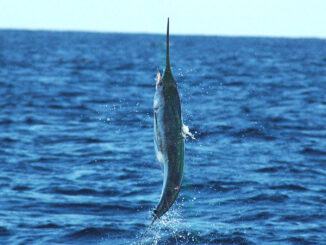
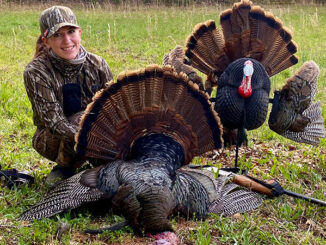
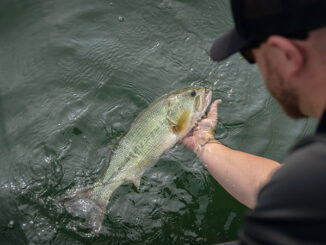
Be the first to comment